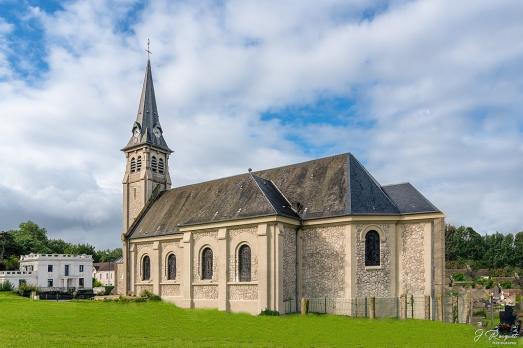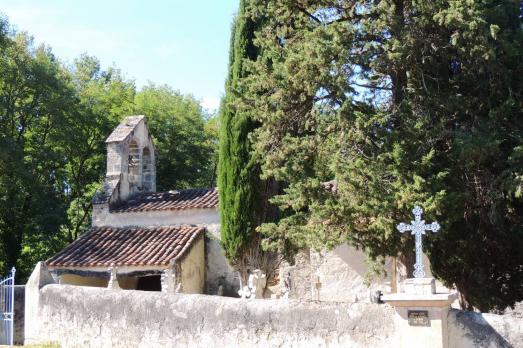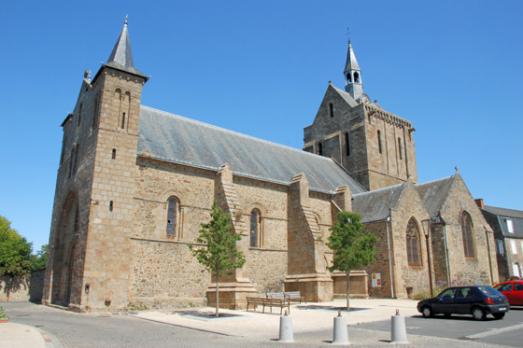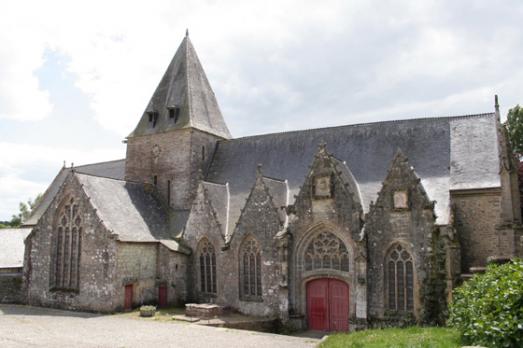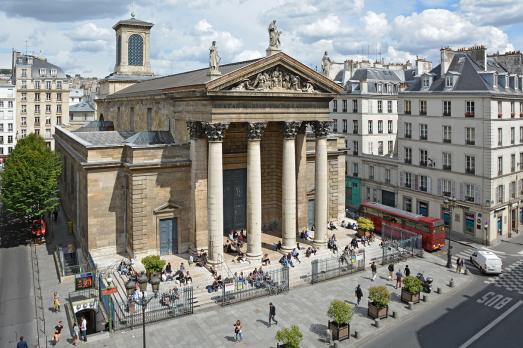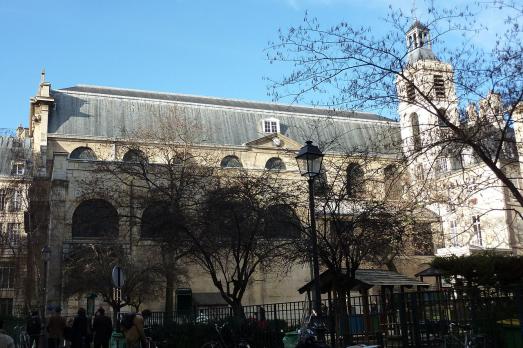Church of Notre-Dame-de-l'Assomption, Pailherols
Pailherols, FR
At the beginning of the 16th century, a peddler is said to have brought back from Cahors a statue of the Virgin for his wife who disappeared and reappeared several times near a rose hip bush where this church was built.



